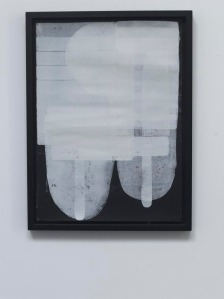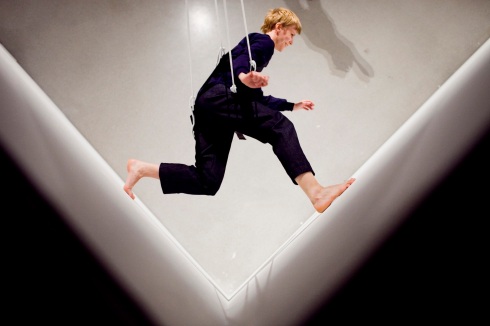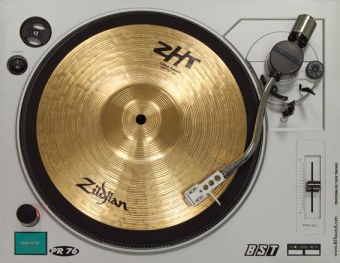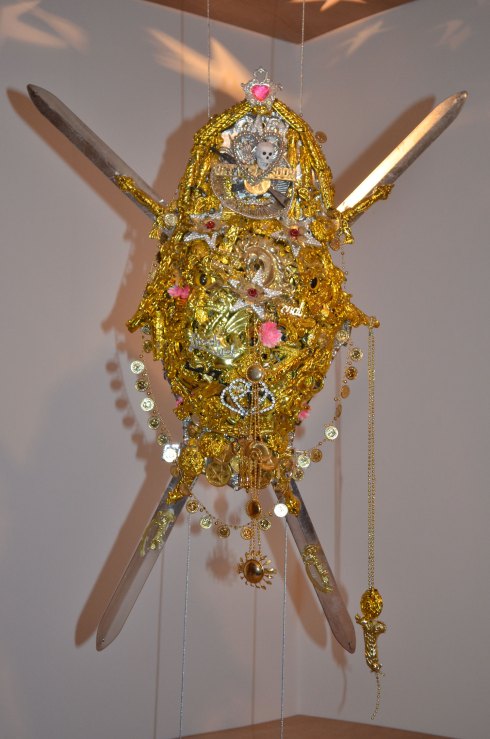Maintaining the monochromatic theme from the last article, Explorations in Materiality and Texture, Will Rogan and Zin Taylor’s work at MOT International utilise black and white in their images for contrast in tone, not texture.
In Rogan’s greyscale photographs The Time Machine Scratched (2010) and The Time Machine Open (2010) a beaded, narrow line of light falls across an old copy of H.G. Wells’ The Time Machine as though piercing through the gap between two Venetian blinds. As we compare the two images, we see the light falls across the book in different positions indicating time has passed or been travelled between during the time it has taken to turn from the cover to the first page of text. The use of traditional black and white photography perhaps indicates the work itself could belong to a time since surpassed by technological innovations in colour photography, yet it remains crisp and new from having teleported to today from when it was first created.
These are contrasted with Taylor’s series of abstract works, An Arrangement of Voids, in which geometric blocks of white printing ink that might perhaps resemble thimbles, test tubes or lavatories, for example, are over layered on black paper, building up areas of powerful contrast along with a series of mid tones, like a photogram negative captured by repeated exposure with different objects placed on photosensitive paper.



















